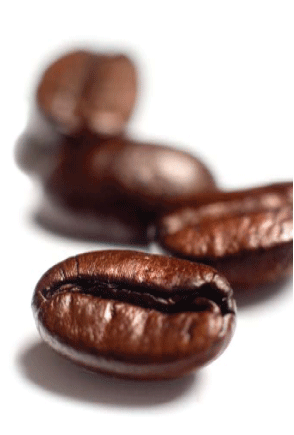1. Description of Business
Agrium Inc. (with its subsidiaries, collectively, the “Corporation” or “Agrium”) is a leading global producer and marketer of agricultural nutrients, industrial products and specialty products, and a major retail supplier of agriculture products and services in North and South America. Agrium produces and markets three primary groups of nutrients: nitrogen, potash, and phosphate, as well as controlled-release products and micronutrients.
2. Significant Accounting Policies
Principles of consolidation and preparation of financial statements
The consolidated financial statements of Agrium are prepared in accordance with accounting principles generally accepted in Canada (Canadian GAAP). Amounts are stated in U.S. dollars unless otherwise indicated. Certain comparative figures have been reclassified to conform to the current year’s presentation.
The consolidated financial statements of the Corporation include the accounts of Agrium Inc., its subsidiaries, and its proportionate share of revenues, expenses, assets and liabilities of interests in joint ventures. All intercompany transactions and balances have been eliminated.
The preparation of the consolidated financial statements in accordance with Canadian GAAP requires management to make estimates and assumptions that affect the reported amounts of assets and liabilities and disclosure of contingent assets and liabilities at the date of the financial statements and the reported amounts of revenues and expenses during the year. Estimates are used when accounting for items such as collectibility of receivables, estimated useful lives and impairment of long-lived assets, allocation of acquisition purchase prices, asset retirement obligations, environmental remediation, employee future benefits, and fair value of financial assets and liabilities. Actual results could differ from those estimates.
Cash and cash equivalents
Cash equivalents are carried at fair value, and consist primarily of short-term investments with an original maturity of three months or less.
Accounts receivable and allowance for doubtful accounts
The Corporation evaluates collectibility of specific customer receivables based on a variety of factors depending on the nature of the sale. Collectibility of receivables is reviewed and the allowance for doubtful accounts is adjusted quarterly. Account balances are charged off against the allowance when the Corporation determines that it is probable that the receivable will not be recovered. Interest accrues on all trade receivables from the due date, which may vary with certain geographic or seasonal programs.
Inventories
Wholesale inventories, consisting primarily of crop nutrients, operating supplies and raw materials, include both direct and indirect production and purchase costs, and freight to transport the product to the final warehouse facility. Crop nutrients include the Corporation’s produced products and products purchased for resale. Operating supplies include catalysts used in the production process, materials used for repairs and maintenance and other supplies. Wholesale inventories are valued at the lower of weighted-average cost and net realizable value.
Retail inventories, consisting primarily of crop nutrients, seed and crop protection products, are recorded at the lower of purchased cost on a weighted moving average cost basis, and net realizable value, and include the cost of delivery to move the product to the respective storage facility.
Advanced Technologies inventories, consisting primarily of raw materials and controlled-release products, are recorded at the lower of standard cost on a first-in, first-out basis and net realizable value, and include both direct and indirect production costs.
Property, plant and equipment
Property, plant and equipment are recorded at cost and include the cost of replacements, betterments, and interest capitalized during construction. Depreciation is calculated using the straight-line method based on the estimated service lives of the respective assets, ranging from three to 25 years. Depreciation is not included in Cost of product.




